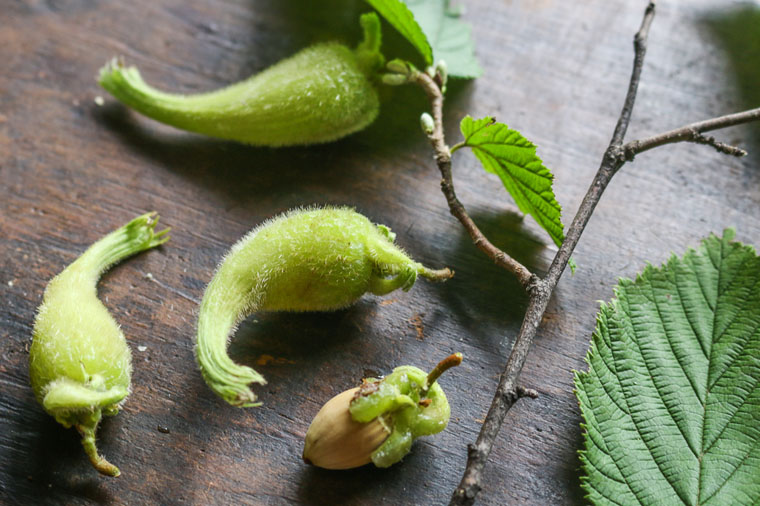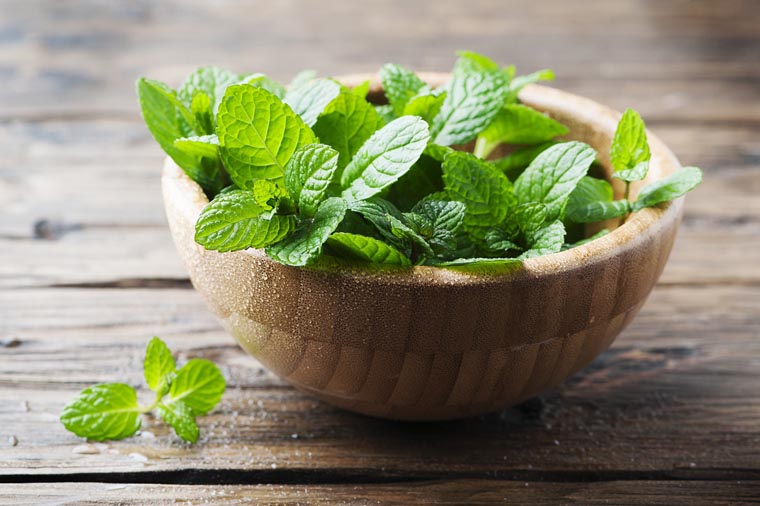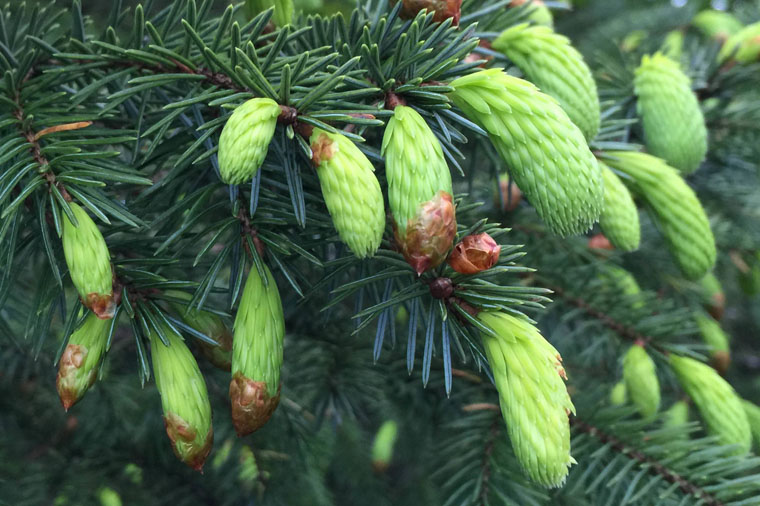How to Harvest and Use Beaked Hazelnuts
What are Beaked Hazelnuts?
The beaked hazelnut, Corylus cornuta, is the only nut producing plant native to Alberta. It is a prairie hardy medium sized multi-stemmed deciduous shrub with an upright spreading growth habit. They can be found both in the wild or naturalized areas and in local nurseries, available for intentional planting. Beaked hazelnuts have dark green serrated foliage throughout the season that turns yellow in the fall. They also produce a sweet tasting edible nut within a distinctive beak-like husk that is light green in colour until the nut ripens and the husk begins to brown.
What Makes Beaked Hazelnuts so Great?
Nuts are nutritional powerhouses and have been eaten by our ancestors for millions of years. Like other nuts, hazelnuts are an excellent source of protein, fiber, vitamins, minerals, and healthy (monounsaturated) fats. They also contain sizeable amounts of copper, folate and antioxidants. For this reason, many studies have been done on the health benefits of hazelnuts. They have been shown to increase antioxidant potential while lowering LDL cholesterol levels and blood fat levels. Hazelnuts have also been linked with lower cancer rates, decreased inflammation, and lower blood sugar levels.
They are also just simply delicious. Hazelnuts have a long history of culinary delights. Used for their sweet flavour and creamy texture, hazelnuts can be eaten raw, roasted or made into nut butter. Often paired with chocolate, hazelnuts are a favourite nut for baking and desserts. And who hasn’t loved Nutella at some point in their lives!
When to Harvest Beaked Hazelnuts
As hazelnuts ripen their beaked husks will turn from a moist bright green to a dry brown. The hazelnuts themselves are usually ripe by September or October, however if you wait until then to harvest you will probably find the bushes already picked clean by squirrels and birds. To ensure you get your fair share, hazelnuts can be picked early to finish ripening indoors. The best time to harvest is from late August until mid September, or as soon as you see the squirrels and birds picking away at your crop!
How to Harvest Beaked Hazelnuts
Beaked hazelnut shrubs can be found in growing in clusters along woodland and forest edges. To produce a high yield of nuts they require a lot of sun, so look for the sunny areas along woodland edges when foraging in the wild. Beaked hazelnuts tend to form their nuts in clusters. These clusters can be hidden underneath the leaves, so they will not be immediately obvious from a distance. Each nut cluster can contain anywhere from 1 – 10 nuts, but 1-3 is most common.
Harvesting can be done by hand or with a small pair of clean pruning shears. As the hazelnuts ripen and dry out, they tend to pop off the stem quite easily making hand picking easier.
Tip : The beaked husks of hazelnuts are covered with hundreds of tiny hair-thin spines. Rubber lined garden gloves can protect your fingers during harvesting.
If you are foraging from wild shrubs or in naturalized areas, be careful not to over harvest. Since beaked hazelnuts are native to our area, they are an integral part of our local ecosystems. It is best to harvest no more than 10% from each shrub, leaving plenty for the local wildlife.
How to Dry Beaked Hazelnuts
Once picked, hazelnuts will need to be set out to dry within 24 hours.
Air Dry : Lay the husked hazelnuts in a single layer on a screen to allow for good aeration. Place them in a warm, dry place and stir them around once a day. The hazelnuts should be completely dry in 2-4 weeks.
Dehydrator : To speed up the process, you can also use a food dehydrator with the temperature set between 90-105 degrees F. When using a dehydrator, hazelnuts should be completely dry in 2-4 days.
Tip : Once hazelnuts are dry, the meat of the nut should be cream coloured and firm.
How to Process Beaked Hazelnuts
Hazelnuts have two layers to get through before you reach the edible meat of the nut. The outer most layer is the beaked husk and the inner layer is the nut’s hard shell. Both need to be removed before the nut is edible.
Husks : Wearing gloves, tear the husks away from the shelled nut. If the nut has fully ripened the nut should easily roll out. This process can get messy. Often the tiny spines will fall away and create a prickly dust over your work area. When husking hazelnuts, do so over an easy to clean surface such as a plastic sheet that can be taken outside and shaken out.
Shells : Hazelnuts can be cracked similar to any other nut, however due to their smaller size it is sometimes easier to use a small mallet rather than a nutcracker.
How to Store Beaked Hazelnuts
Husked : Store Them Raw. Once the husks are removed, hazelnuts still in there shells can be stored for at least 12 months if dried adequately and stored in a cool, dark, dry place. This is the best way to store raw hazelnuts until you are ready to use them.
Shelled : Refrigerate. Once hazelnuts have been shelled its better to store in an air tight container in the refrigerator up to one year.
Recipes for Beaked Hazelnuts

Roasted Hazelnuts
Roasted hazelnuts are a quick and easy, yet nutritious snack or can be stored for use in other recipes!
Our Printable PDF
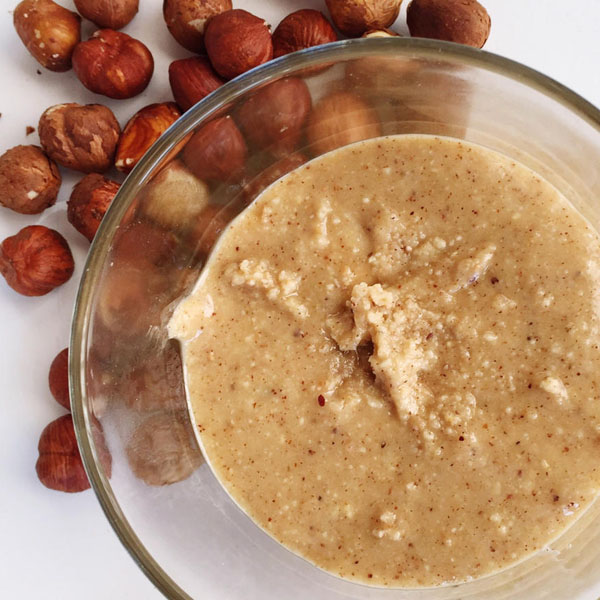
Hazelnut Butter
Because sometimes simple is best! This hazelnut butter makes a nice substitute for peanut butter!
Our Printable PDF

Hazelnut Energy Balls
These plant based treats will give you a boost of energy during that afternoon slump and satisfy your sweet tooth!
Our Printable PDF
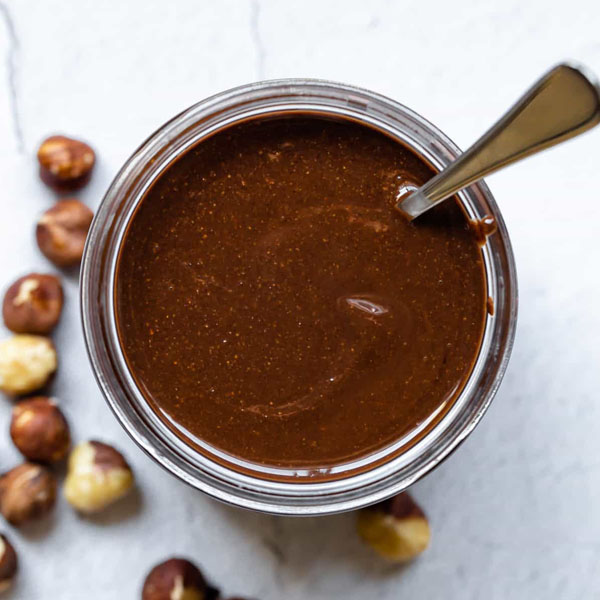
Healthy Homemade Nutella
This delicious homemade Nutella is gluten free with dairy free and even refined sugar free options, if you choose!
 |
| 
